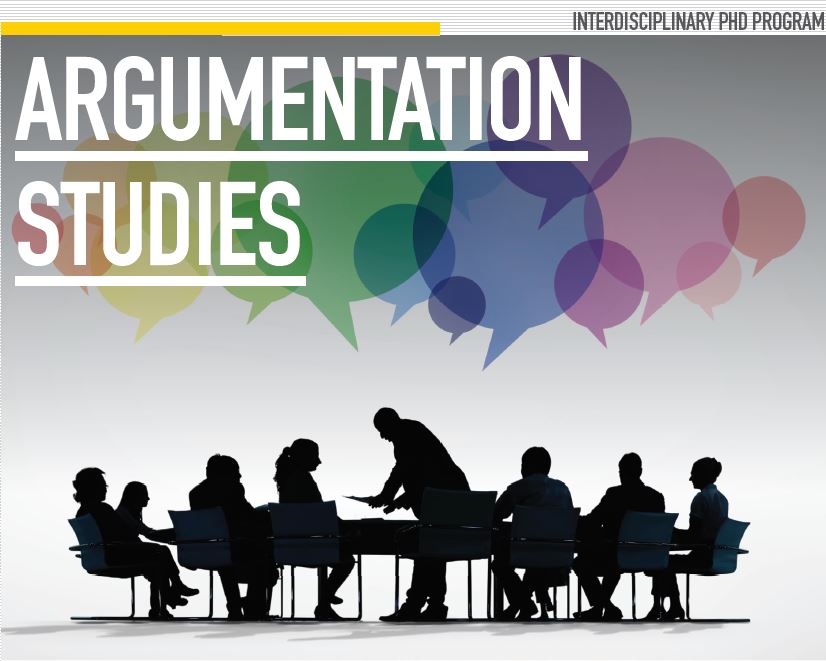
Location
University of Windsor
Document Type
Paper
Start Date
6-6-2007 9:00 AM
End Date
9-6-2007 5:00 PM
Abstract
Parrhesia is the rhetorical figure of dissent par excellence. The essay argues that parrhesia is understood as risky argumentation within the rhetorical tradition. The relation of frank speech and flattery has been a core discussion about the predicaments of advocacy since Greece and Rome. Whereas Foucault models the term primarily from the aesthetic enactments of Euripides, the essay studies parrhesia as a mutually implicating struggle articulated in Sophoclean drama. Dilemmas of wartime dissent found in United States Congressional debate over Iraq are presented as a contemporary case study.
Creative Commons License

This work is licensed under a Creative Commons Attribution 4.0 International License.
Response to Submission
Christian Kock, Commentary on Goodnight
Reader's Reactions
Christian Kock, Commentary on Goodnight (June 2007)
Included in
Parrhesia: The Aesthetics of Arguing Truth to Power
University of Windsor
Parrhesia is the rhetorical figure of dissent par excellence. The essay argues that parrhesia is understood as risky argumentation within the rhetorical tradition. The relation of frank speech and flattery has been a core discussion about the predicaments of advocacy since Greece and Rome. Whereas Foucault models the term primarily from the aesthetic enactments of Euripides, the essay studies parrhesia as a mutually implicating struggle articulated in Sophoclean drama. Dilemmas of wartime dissent found in United States Congressional debate over Iraq are presented as a contemporary case study.
